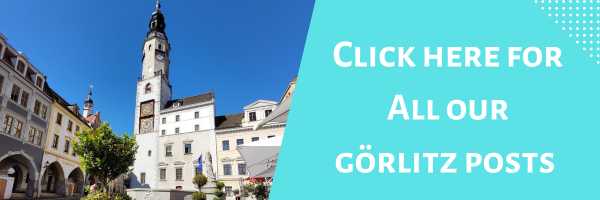Historic building restored and reopened to the public
One of the many eye-catching buildings in Görlitz is the synagogue. We visited to find out more about the history of the Jewish population of the city and how this place of worship survived Kristallnacht and World War II.

Görlitz Synagogue was built between 1909 and 1911 in an Art Nouveau style and was designed by architects William Lossow and Max Hans Kühne, who had never been responsible for designing a synagogue before. They are more well-known for the grand design of Leipzig’s main train station.
The synagogue surprisingly survived Nazi persecution of the jews, though it was actually set alight on Kristallnacht but the fire service extinguished the flames before they did too much damage. It then survived WWII as no bombs landed in the city and no battles were fought here, but it did close due to the depletion of the local Jewish population so it fell into the hands of the Jewish community in Dresden but there was a lack of money to maintain unused and empty buildings. As a result, it lay derelict for many years until 1991 when a €10 million project started. The project was completed in 2020 with the first Jewish worship held on the site for 80 years on 20th August 2021.
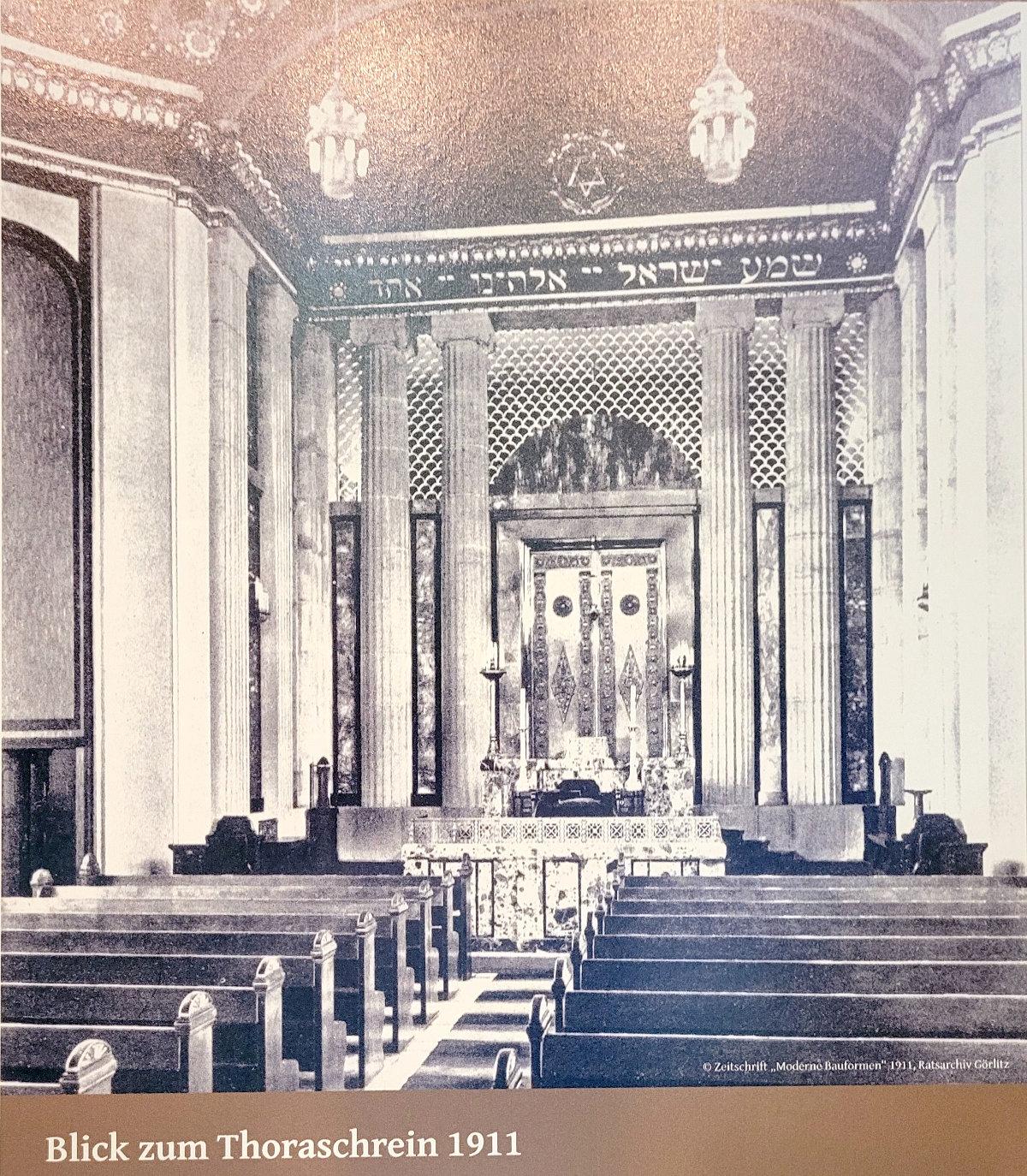
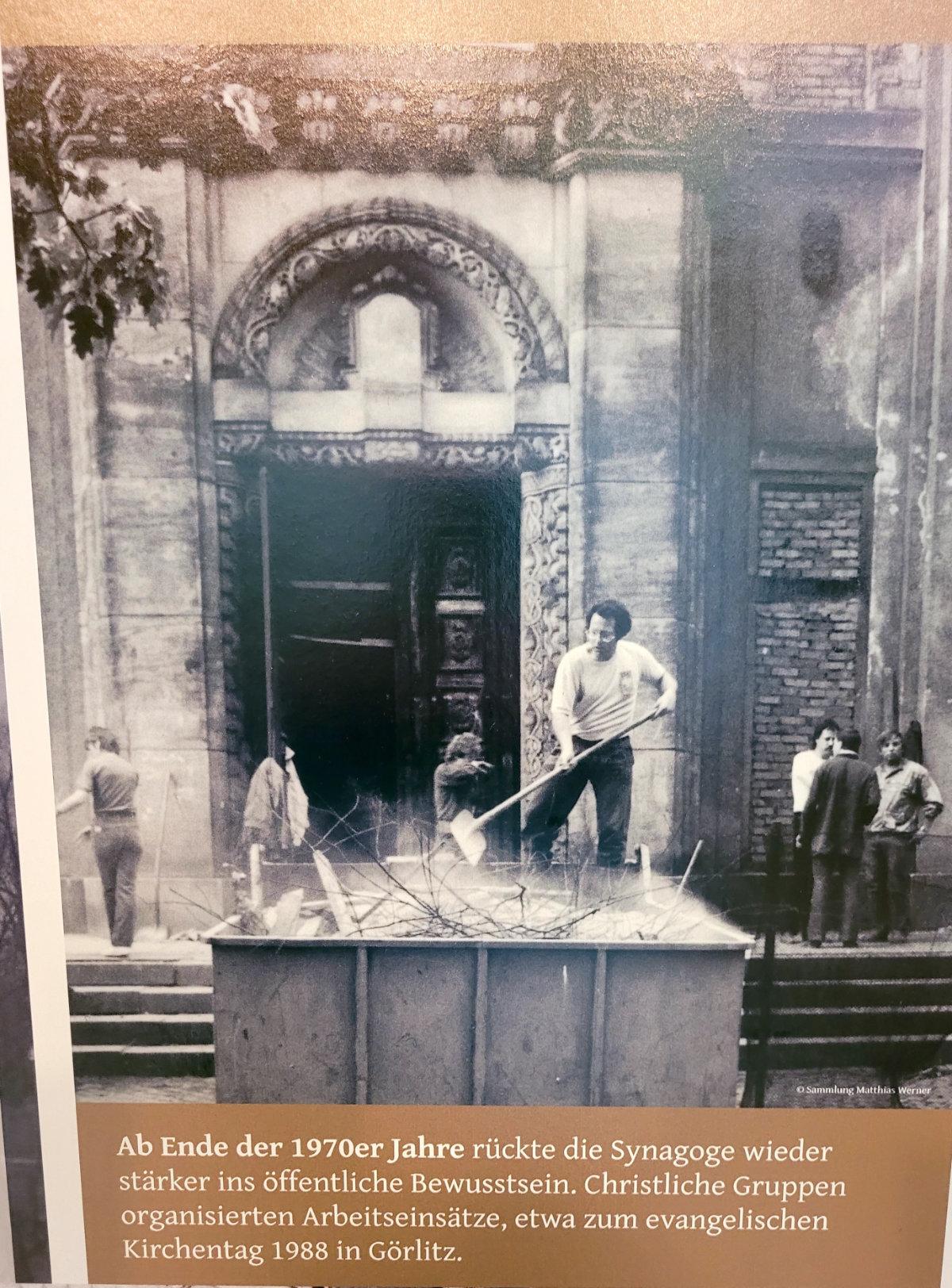
The synagogue is actually two synagogues: the Kuppelsaal, originally with space for about 550 worshippers, but has been restored to accommodate 310 visitors; and the Wochentags-Synagogue, a room originally designed for approximately 50 worshippers, which can now accommodate 20. The Wochentags-Synagogue has been retained for Jewish worship with the Kuppelsaal used for tours to show the Jewish history of Görlitz.
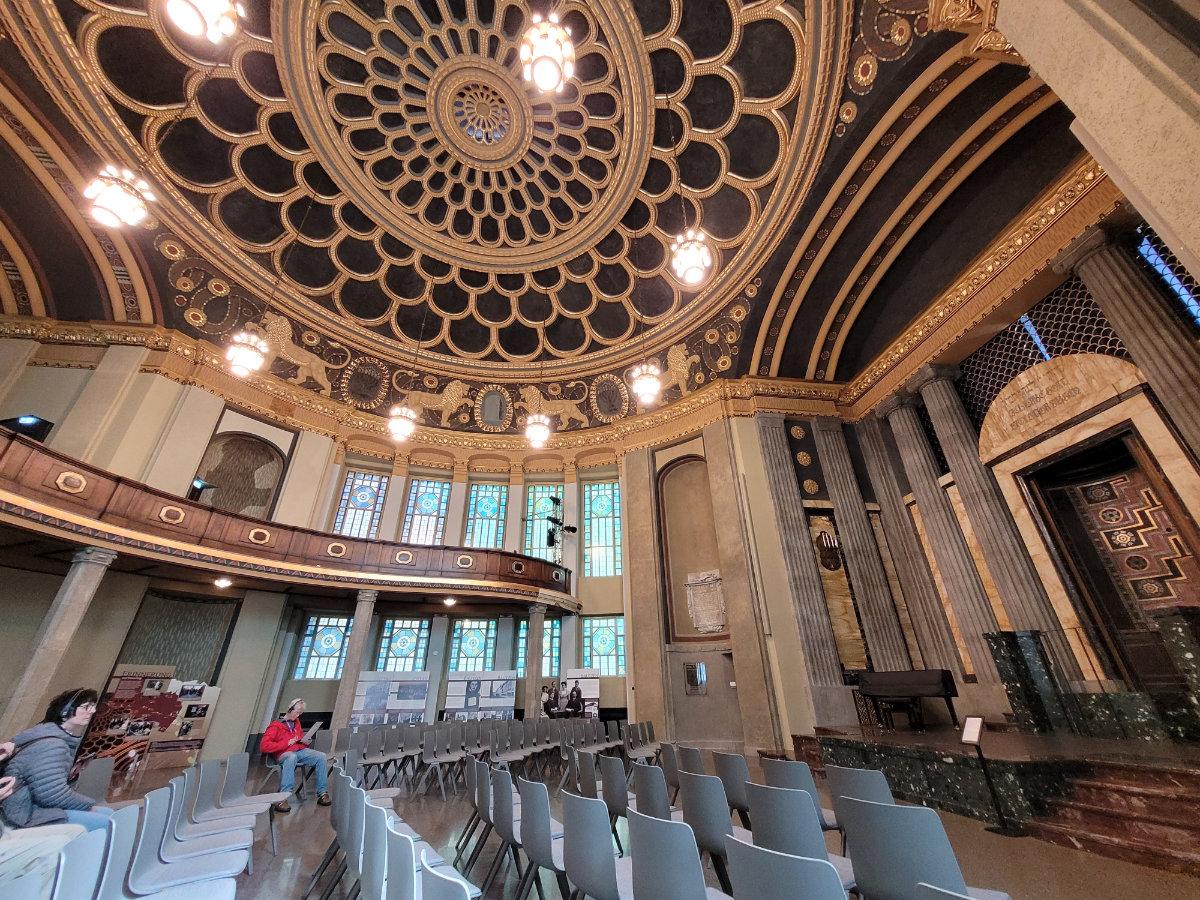
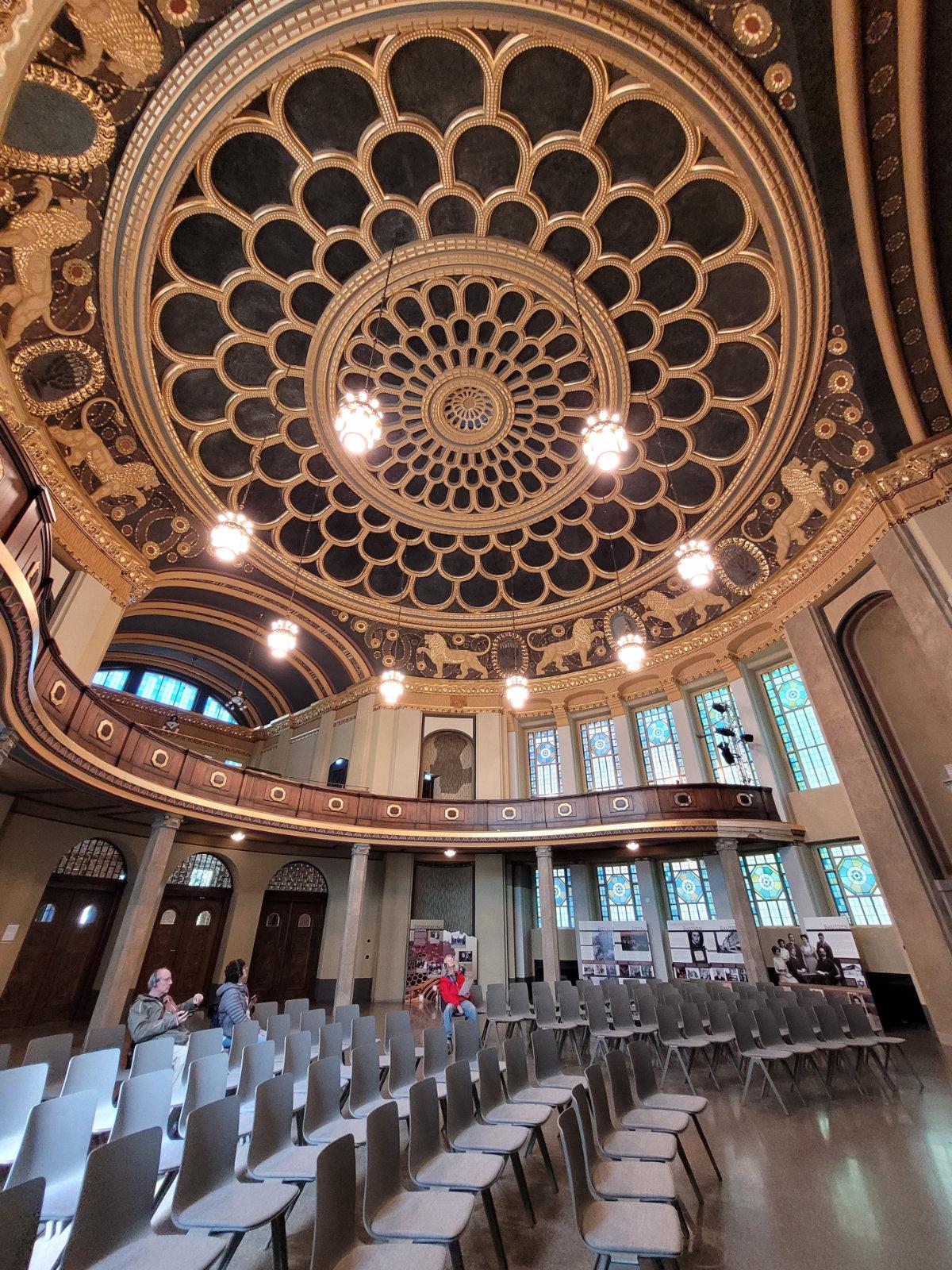
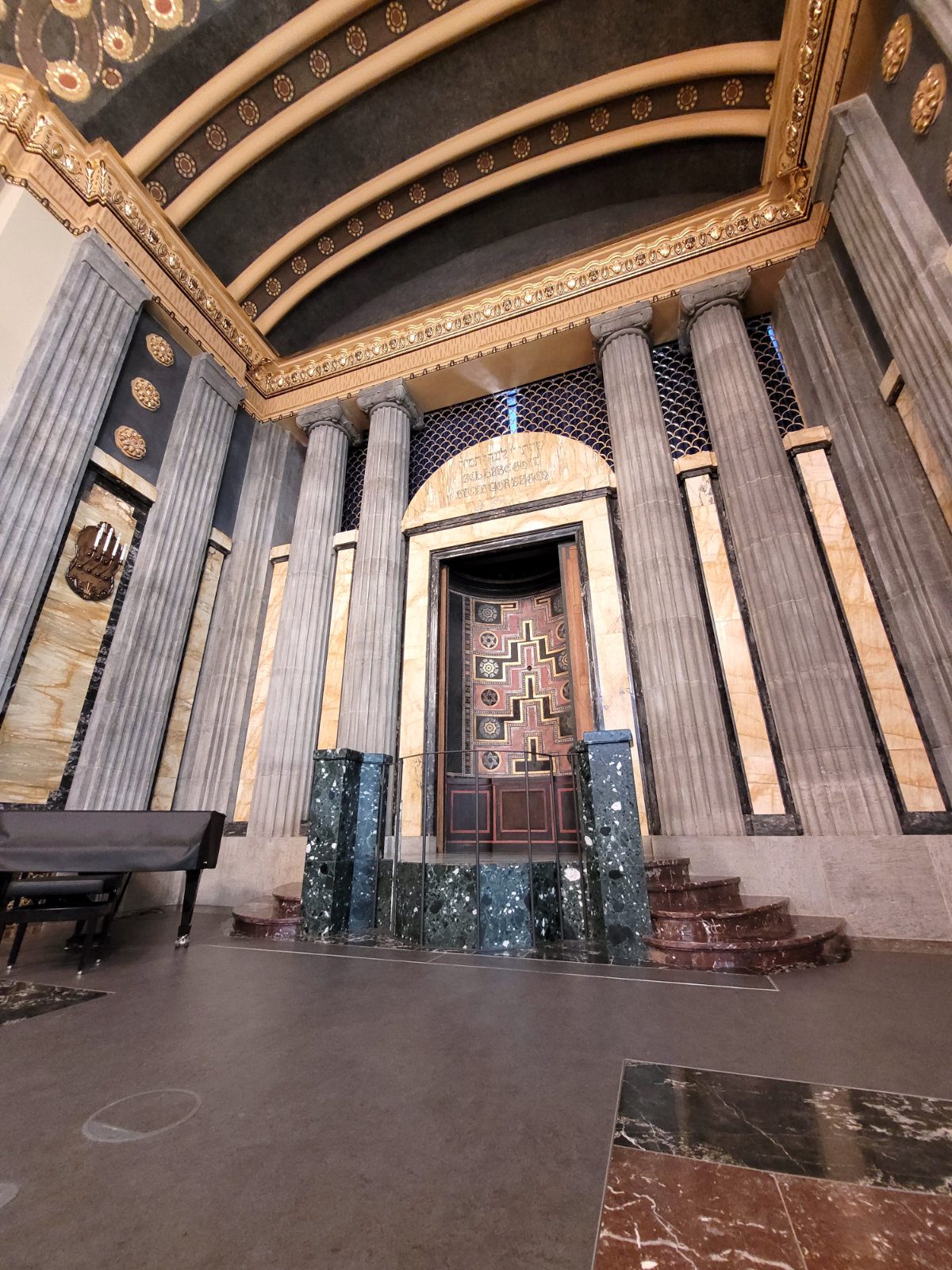
The doors are open in the shrine as this area has been deconsecrated and the torah has been removed.
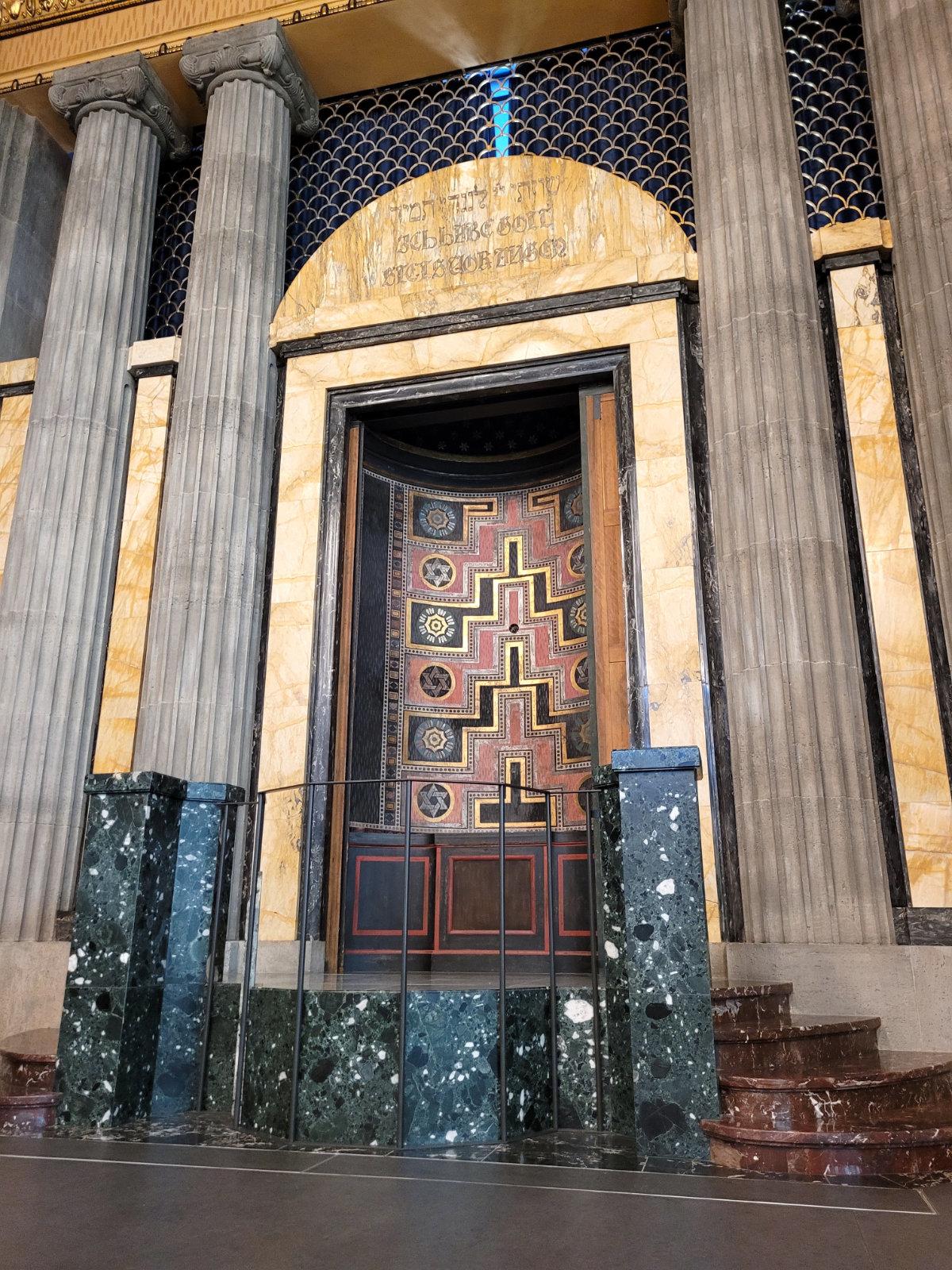
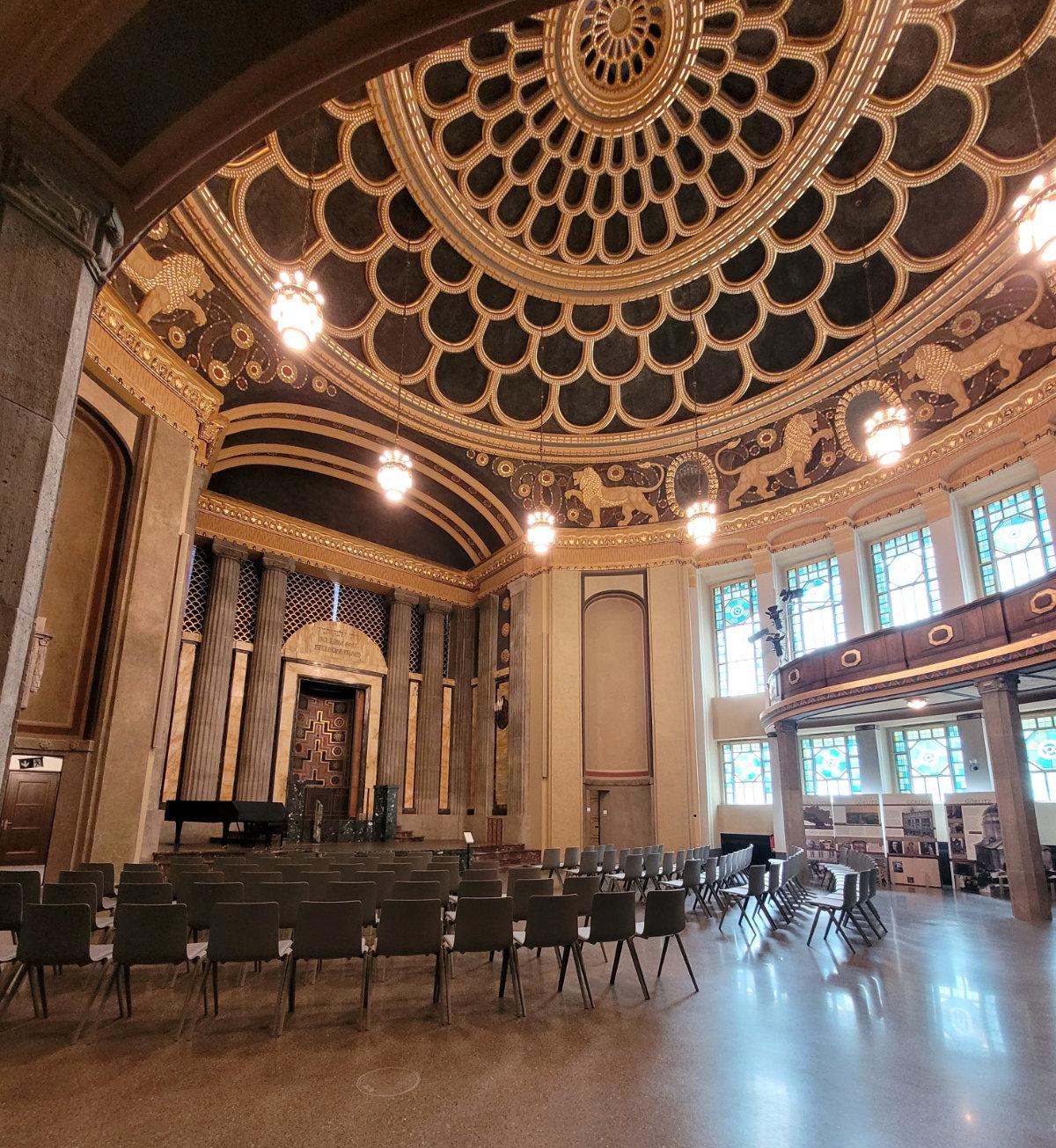
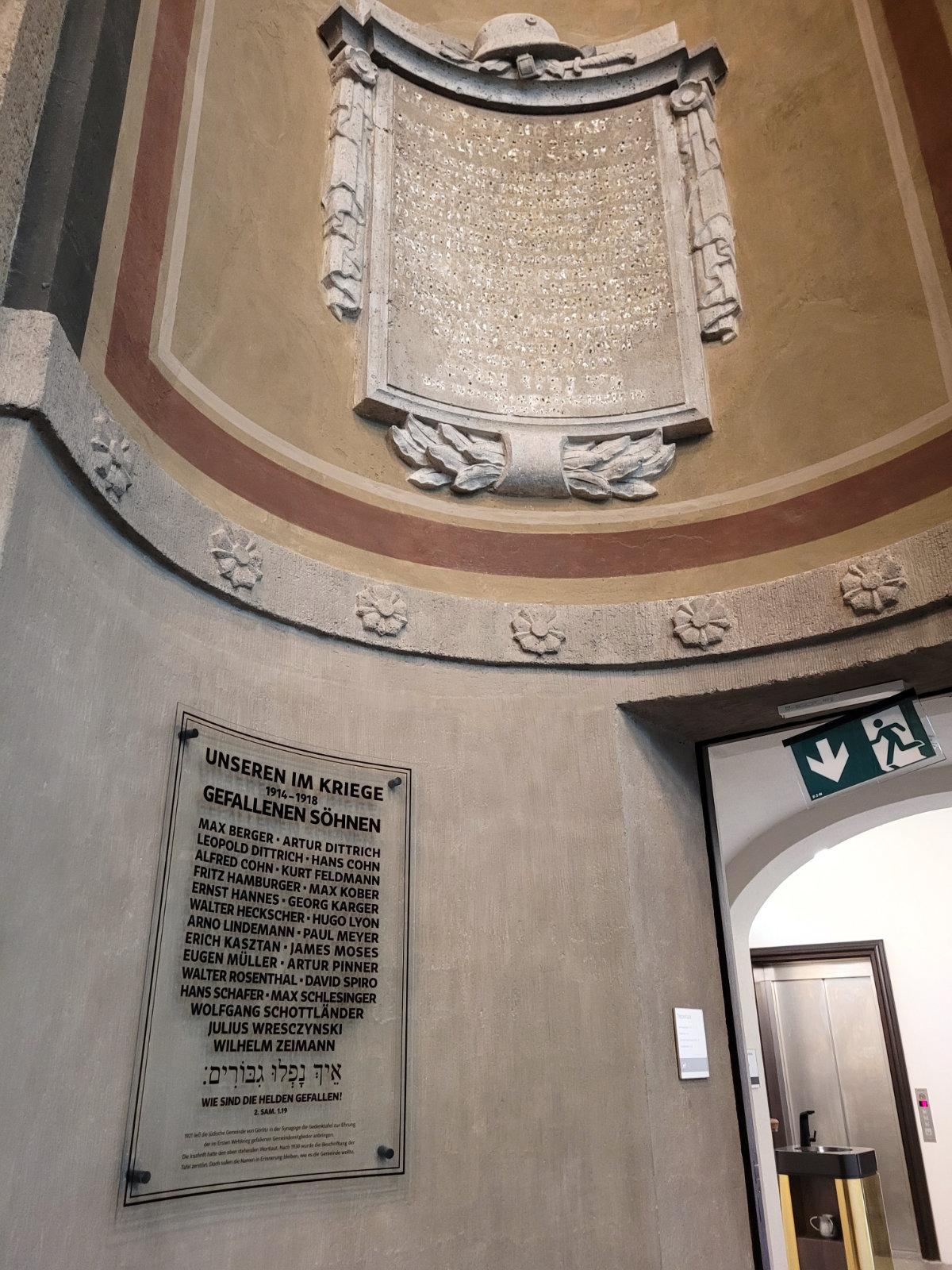
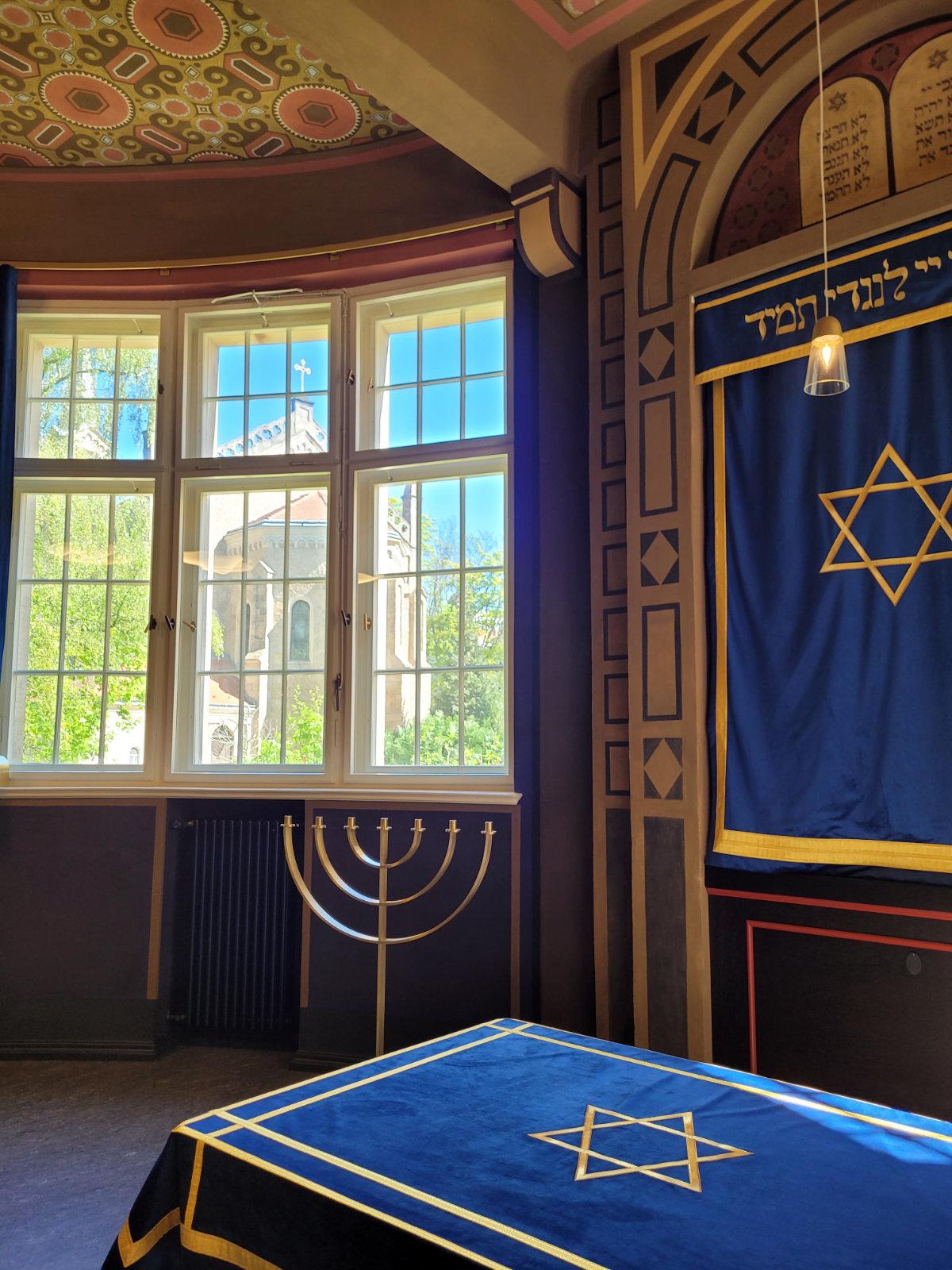
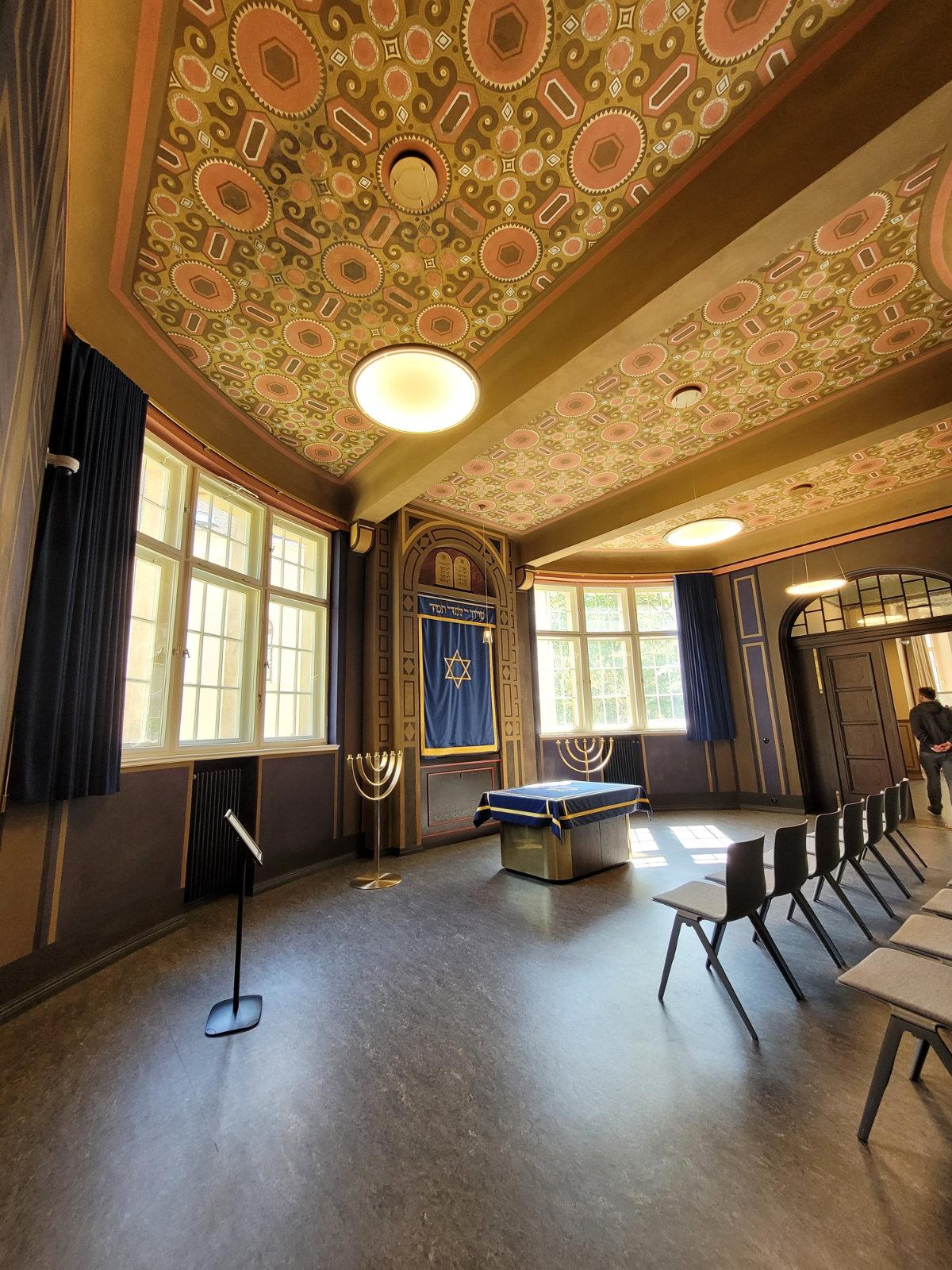
Where is Görlitz Synagogue?
3 Otto-Müller-Straße, 02826 Görlitz
Opening Hours
Monday: 10 am – 6 pm
Tuesday: 10 am – 6 pm
Wednesday: closed
Thursday: 11 am – 7 pm
Friday: 11 am – 7 pm
Saturday: 10 am – 6 pm
Sunday and public holidays: 10 am – 6 pm
Please check the Kulturforum Synagogue website for up-to-date news.
Admission Fee
€5 per adult with an audio guide available for €2 deposit. Most exhibits have English and Polish translations. There is a video presentation in one of the rooms but this is in German only. Guided tours in German are also available.

